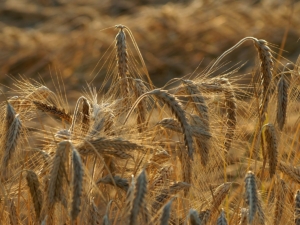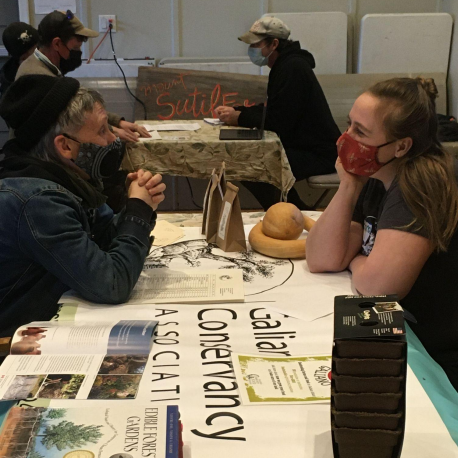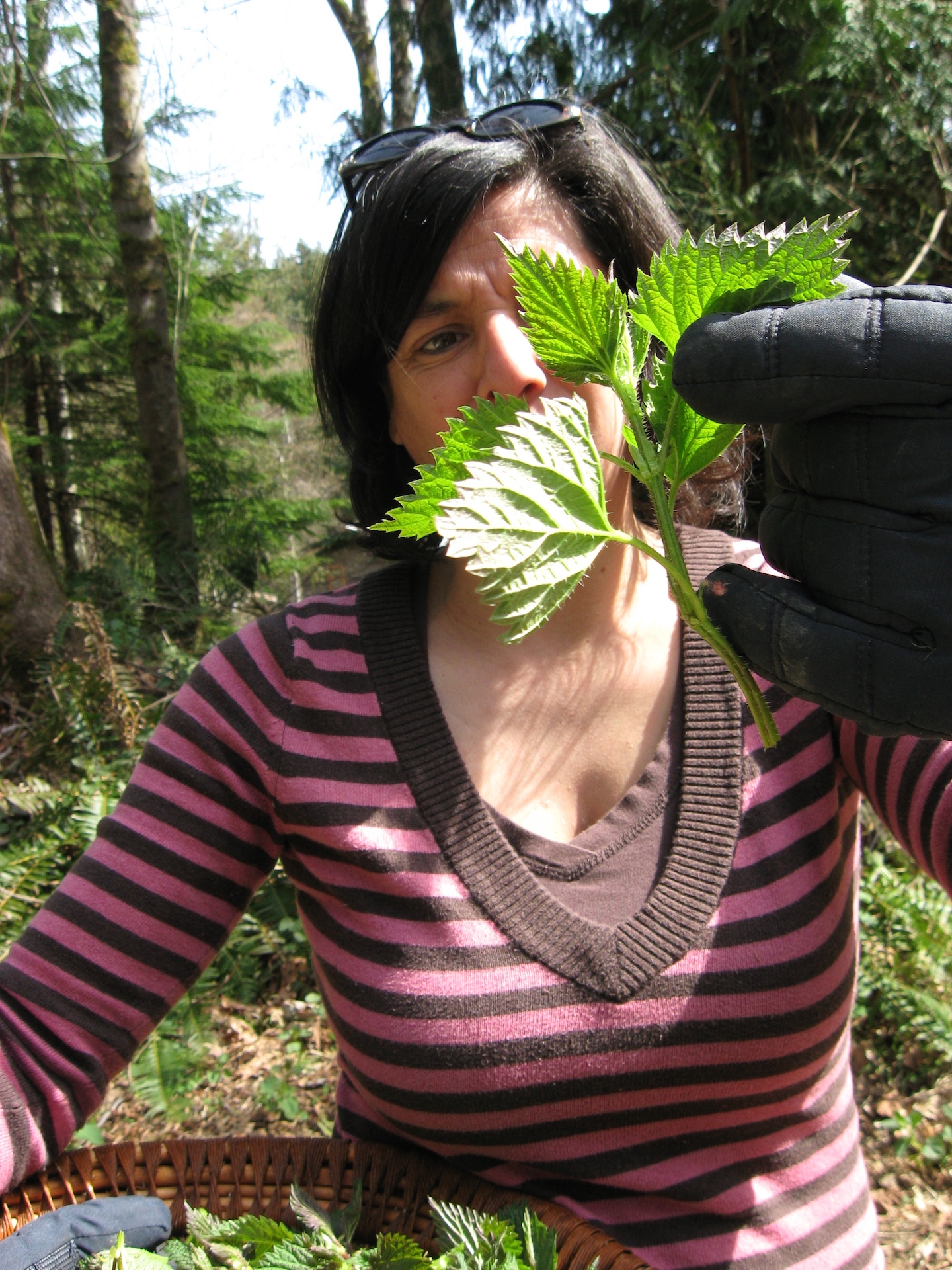 As an experiment, last year I acquired seeds for ten varieties of wheat and four of barley from Salt Spring Seeds and other sources and planted a small test row of each variety in my garden. After initial watering no further water was provided to the growing grain other than rainfall. Germination rates varied among the varieties but all produced grain, which was harvested in late September. In addition to the amount of grain produced, I wanted to see how susceptible the different varieties were to “lodging”, i.e. falling over in wind or rain due to height and top-heaviness of the seed head. Wheat breeders for many decades have selected for shorter, sturdier plants, and more recently for hull-less and bristle-less seed heads to make threshing easier.
As an experiment, last year I acquired seeds for ten varieties of wheat and four of barley from Salt Spring Seeds and other sources and planted a small test row of each variety in my garden. After initial watering no further water was provided to the growing grain other than rainfall. Germination rates varied among the varieties but all produced grain, which was harvested in late September. In addition to the amount of grain produced, I wanted to see how susceptible the different varieties were to “lodging”, i.e. falling over in wind or rain due to height and top-heaviness of the seed head. Wheat breeders for many decades have selected for shorter, sturdier plants, and more recently for hull-less and bristle-less seed heads to make threshing easier.
Wheat varieties tested included Emmer, an ancient Near Eastern wheat, and Kamut, another ancient wheat with high protein content. Also grown were Ethiopian, Egyptian, Brazilian, and Mexican wheats. A trio of Canadian heirloom wheat varieties was also grown, including Red Fife (originating in 1885), Marquis (1910), and Thatcher (1935), which made up 70% of the Canadian prairie wheat crop in the 1950s. As expected, yields of the ancient wheats were lower than the more modern (century old) varieties. For example, Red Fife grain produced in my test plot would have yielded almost 3000 pounds of grain per acre if scaled up. (Once milled, that would be enough flour to bake 5000 loaves of bread.)
Wheat and other grains were being grown on the Saanich Peninsula and the Gulf Islands in the late 1880s, but the availability of mass-production prairie-grown grain put an end to the practice. There has recently been a mini-revival of grain growing on Vancouver Island, and The Roost bakery and cafe on East Saanich Road sells bread made from locally grown wheat. Who knows, we may see a grain-growing revival on Galiano too!




Leave A Comment
You must be logged in to post a comment.